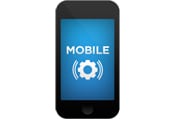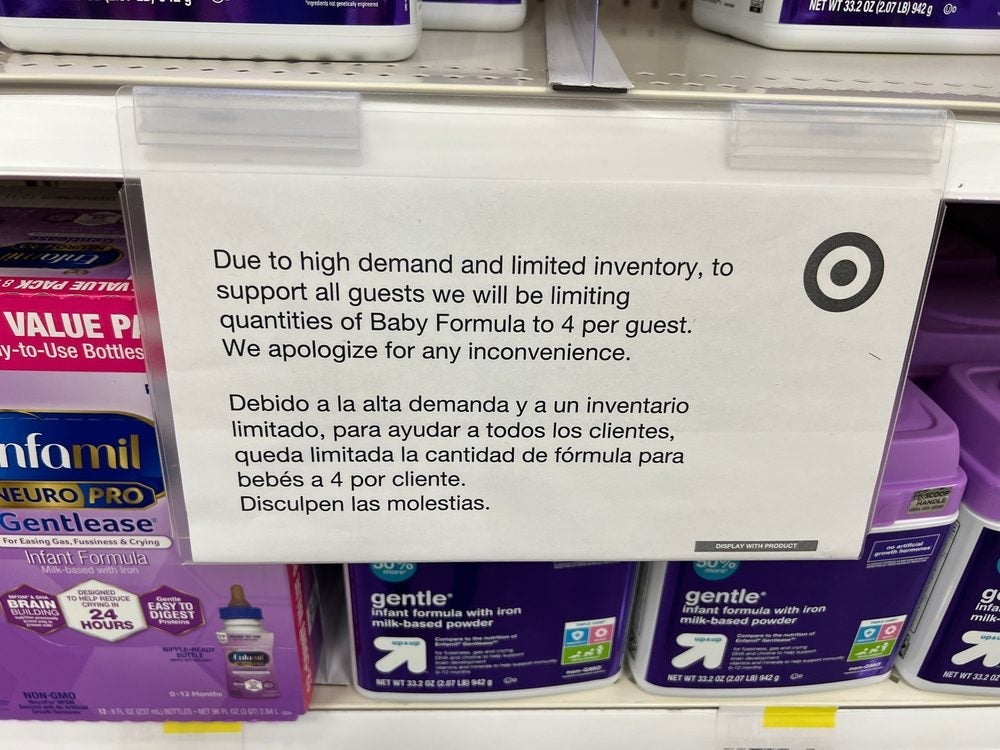 Push technology, the short message format, is an incredibly rich, widely used, communication channel, but it’s not the only outbound messaging option. CMOs often spend too much time trying to drive instant revenue through push by sending offer after offer without segmenting their audience, exploring other rich messaging formats that are native to the app and mobile device, or delivering messages in the user’s local time zone, according to a new report from OtherLevels.
Push technology, the short message format, is an incredibly rich, widely used, communication channel, but it’s not the only outbound messaging option. CMOs often spend too much time trying to drive instant revenue through push by sending offer after offer without segmenting their audience, exploring other rich messaging formats that are native to the app and mobile device, or delivering messages in the user’s local time zone, according to a new report from OtherLevels.
Here are six “to device” message types you should be considering.
Push Notification
This is the most prominent form of opt-in app-centric messaging used to alert mobile phone users about such things as sales, product updates, breaking news, sweepstakes or other promotions. These messages are sent by the app publisher and displayed on the user’s phone and can be very effective when correctly planned, optimized and delivered.
“Push notifications should be substantiated by knowing that a person spent time thinking about what you’re notifying them about,” says Len Shneyder, senior marketing manager at OtherLevels. “If you don’t do that it’s kind of a lost opportunity and a brand problem. It’s about personalizing the soup to nuts experience from push to opening the app to conversion.”
Carefully tailoring pushes can prompt users to take specific actions, optimize the experience and remove roadblocks inhibiting users from finding or landing on the intended content or offer, the report said.
Local Notifications
This is content that is tied to an event or specific timeframe and coded into an app. For example, a local notification in a fitness app may notify the user when it’s time to exercise.
“These notifications are styled to look, smell and feel just like a normal push notification, but there is no sending of it,” Shneyder says. “It’s coded into the app to trigger the notification at a certain local time zone.”
This form of messaging can be quite useful to deploy a regular slate of reminders, offers, educational tidbits and retention-based messaging to decrease churn and improve app stickiness. The drawback is that local notifications require the app to be updated, OtherLevels says.
In-App Alert
This message is triggered when a user opens the app and it has to be acknowledged or dismissed before the user can return to viewing the content or to game play. For this reason, these alerts should be used sparingly and strategically so users get the understanding that these messages are worth looking at and not to be quickly dismissed. These messages are often predefined and event-based. For example, a particular retailer may trigger an in-app alert about a sale every Tuesday.
In-App Content
This is content styled to look like part of the app itself and that is richer in design than an in-app alert. However, it can be the same form as in-app alert but appear differently, like a square or a banner within the app.
Rich Inbox
This function operates like an email inbox within the app. When a user opens the app, he or she sees a notification letting them know there is a message waiting. It has the look and feel of email but the biggest difference is how the content is delivered. Instead of being pushed, every time the user opens the app, the inbox pulls content from the server, refreshing messages continually.
“This content can be incredibly fresh and updated every time the app is opened, which makes it really, really powerful,” Shneyder says. “Content is refreshed on the fly.”
As an example, the IGH rewards club placed the rich inbox link in full view on the home screen of every app. The link drove the user to “News & Offers,” then to content like “Earn 1,000 Bonus Points” and “Exclusive rate 10% off in Europe.”
Peer-to-Peer Messaging
This is a little less applicable to marketers, but we can certainly take lessons from the game publishers that heavily use peer-to-peer messaging. This function combines gamification and socialization, allowing players to communicate within an app, taunting other players over a win or beating the boss. These communications are initiated by an individual user to one person or a small group, the report says.
“This is a concept that a lot of mobile games have enabled so users can spread word of game socially to prompt each other to engage in the game by messaging each other through the app,” Shneyder says.
With all of the different ways CMOs can take advantage of apps, it’s important to understand the user and have a strategic plan in place.
“You should be testing the messaging functions,” he says. “It’s the same rigor as email and other digital channels. It’s not something where you just barrel out communications; it’s not a carpet-bombing campaign.”
 Network
Network

